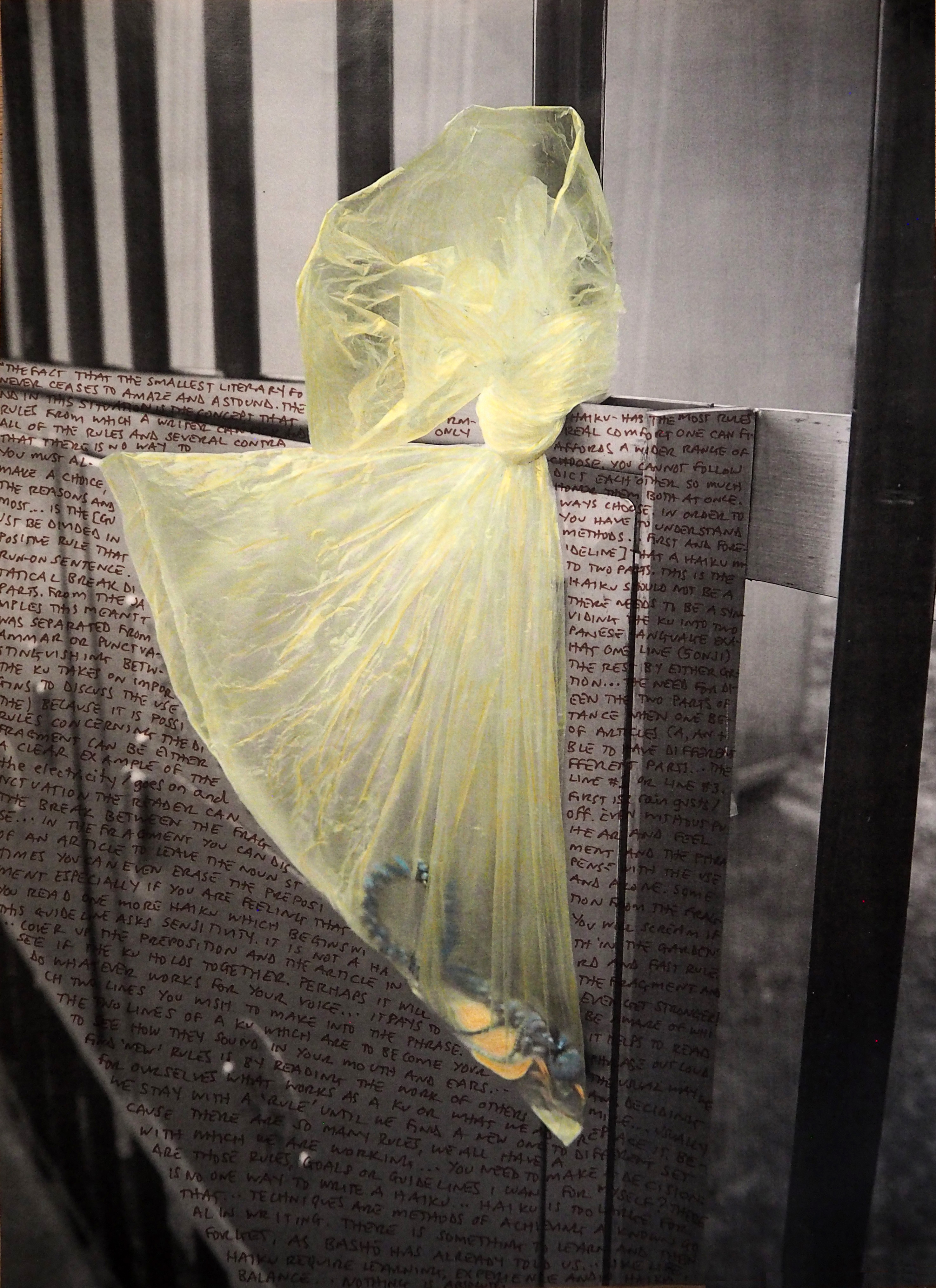Haiku
俳句
俳句

Do not seek after the sages of the past. Seek what they sought.
Matsuo Basho, 17th Century Haiku Master
Matsuo Basho, 17th Century Haiku Master
---
The seventeen syllable haiku is very brief (only the length of one breath); its practice may last a lifetime.---
Repeat the poem several times outloud, until you are able to recite it without looking at the page. Feel the sound and the rhythm of the words...When you can recite the poem from memory, keep saying it silently to yourself as you imagine the scene...You will discover many different layers in the sound and texture of a poem. A single haiku is a journey.---
Because we have forgotten nature, there is a feeling of loss at the heart of modern people.---
Counting is a universal practice. 
The fact that the smallest literary form - haiku - has the most rules never ceases to amaze and astound. The only real comfort one can find in this situation is the concept that this affords a wider range of rules from which a writer can pick and choose. You cannot follow all of the rules and several of them are so contradictory that there is no way to honor them both at once. You must always choose.
---
You need to make the decision: are those a rules, goals or guidelines some I want for myself? This thought is much more gentle to the Universe than saying some haiku are good and others are bad.
---
Nothing is absolute in haiku. Like life, haiku require learning, experience and balance
Why and how did Basho, a writer who elected to live on the margins of society and chose to work in a nonconventional literay genre, become Japan’s canonical poet?
---
Haiku in particular had proven to be an accessible, near-universal poetic form, one that was already serving as a vehicle of international understanding. As a poetic genre based on a keen awareness of the workings of interrelations of all sorts, the haiku might play a role in taking Japan’s remarkable postwar reconstruction as a nation of peace and cultural achievement to a new level.---
Kesien jogo (scene first, emotion next), as well as Western theories on the poetics of sound, Horikiki calls attention to the importance in the Basho repertoire of a relatively large number of ‘soundscape’ verses (borrowing a term coined by the Canadian muscian and theortician R. Murray Schafer), which employ aural imagery to create a ‘poetic world of landscapes of sound.’---
What makes the ‘Basho style’ fundamentally different from those of other haikai schools is that is frankly expresses keijo, environment and emotion, just as it is...they are expressions of environments that come to possess emotion of their own accord...The emtion that Basho most emphasized in his last years was ordinary feeling, the feelings that can casually emerge from everyday life.
Basho’s motto for haiku: Learn the rules and then forget them.
---
Haiku Rule #7: Write what can be said in one breath.
---
Haiku Rule #24: Just write about ordinary things in an ordinary way using ordinary language.
---
Haiku Rule #36: Write of the impossible in an ordinary way.